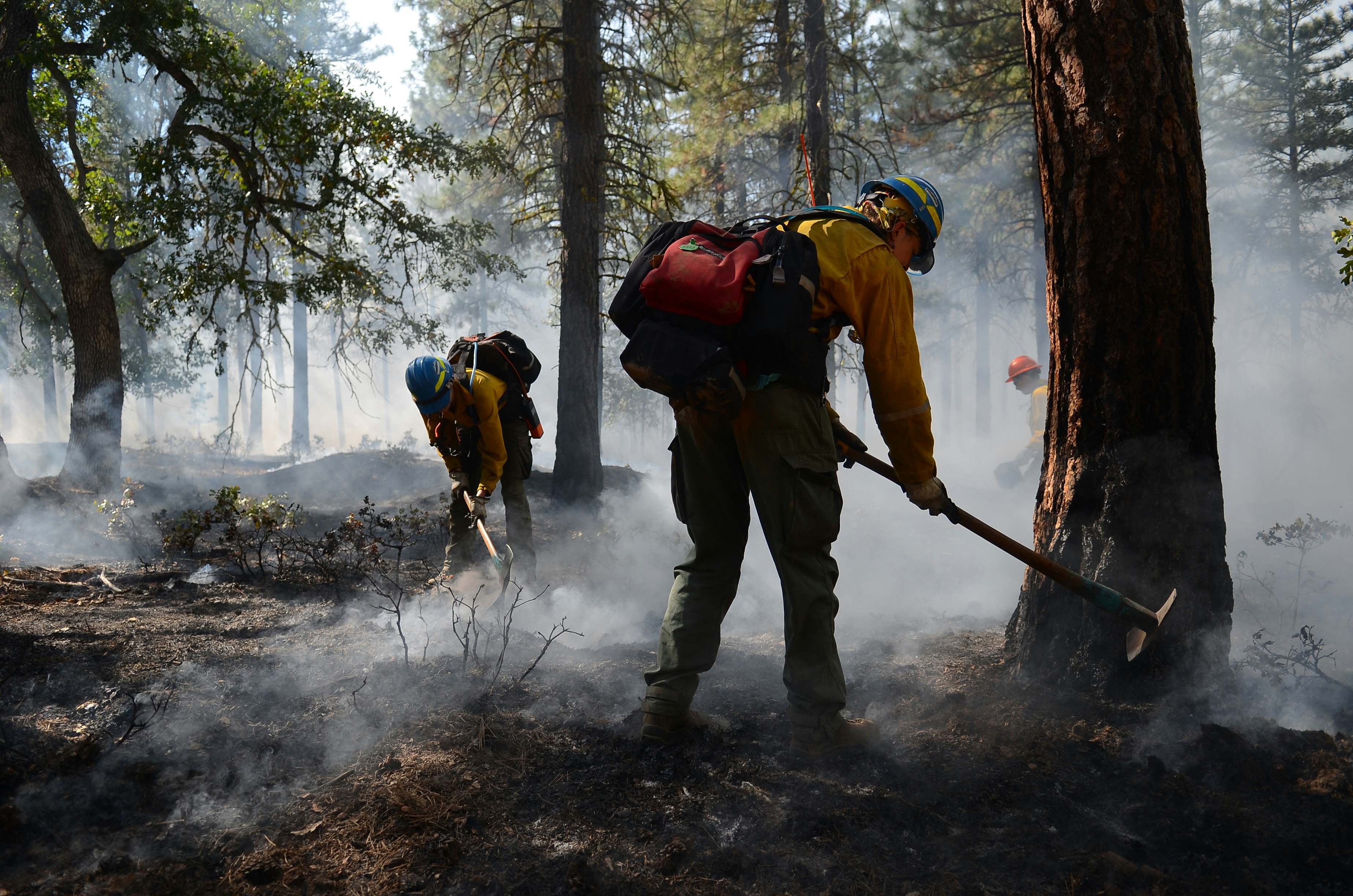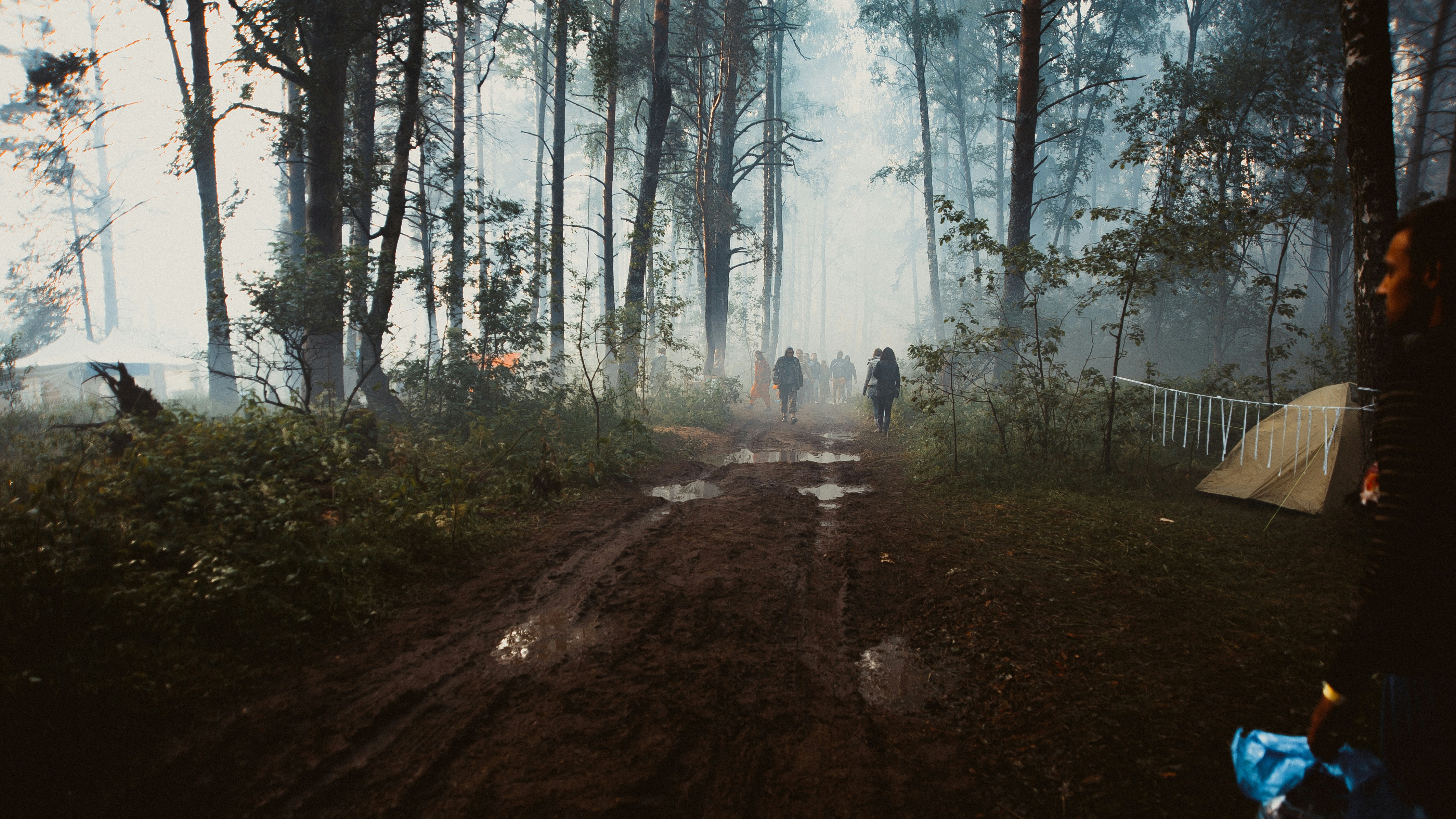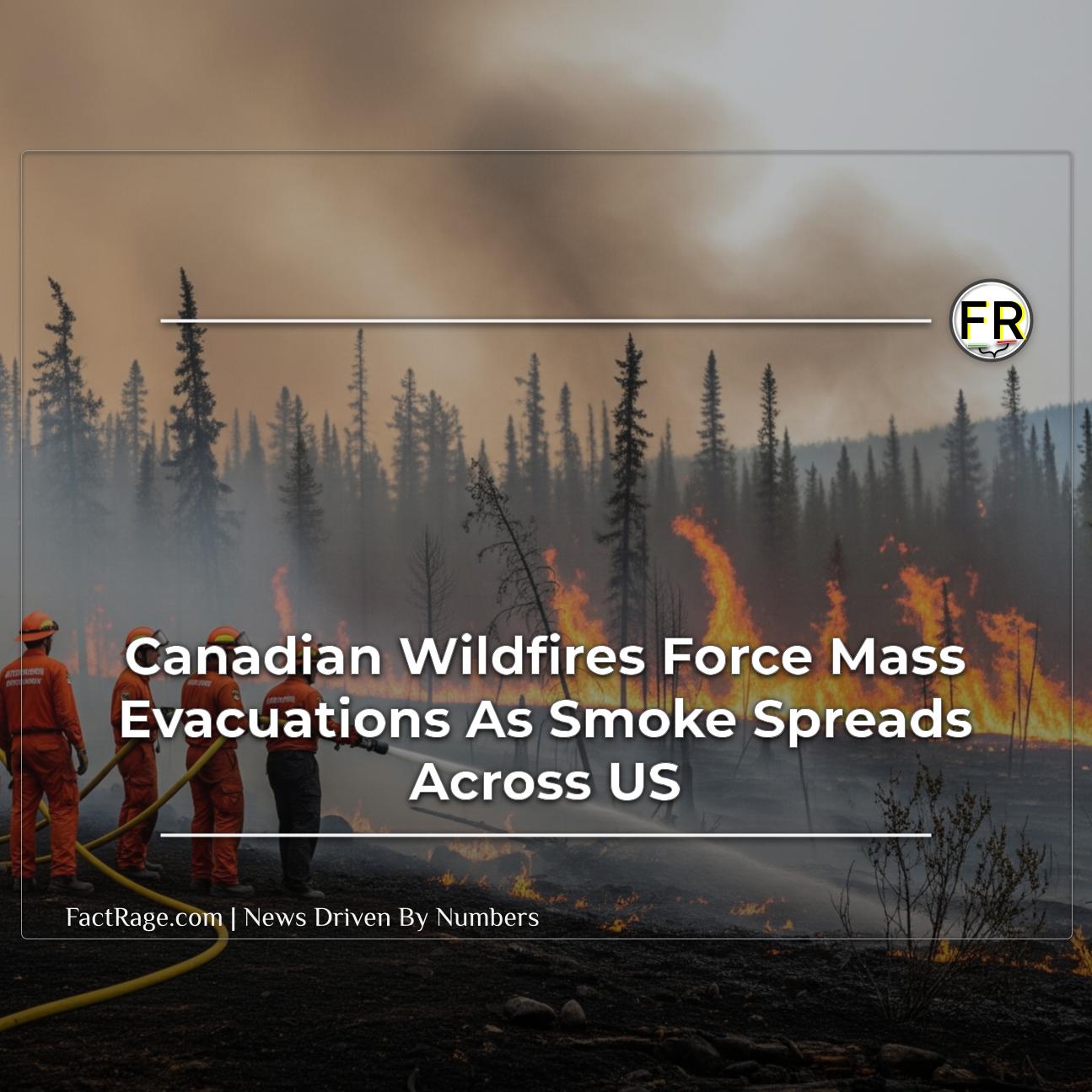NATIONWIDE – Wildfires burning across central and western Canada have led to mass evacuations and prompted air quality alerts extending across large portions of the United States. Thousands of residents have been forced to flee their homes as provinces declare states of emergency amidst intense blazes.
Key Facts:
- Mass Evacuations: Approximately 17,000 residents have been evacuated from communities in Manitoba and Saskatchewan, including the entire town of Flin Flon.
- Widespread Smoke Impact: Smoke from the Canadian wildfires is drifting south, triggering air quality advisories in multiple U.S. states, particularly across the Northern Plains and Midwest.
- High Preparedness Level: Canada has raised its National Preparedness Level to 5, an unusually high designation for this time of year, indicating significant wildfire activity and high demand for firefighting resources.
The current wildfire situation in Canada continues a trend of severe fire seasons, with 2024 proving to be one of the worst years for area burned outside of the historically destructive 2023 season.
Intensifying Blazes and Evacuations

Manitoba and Saskatchewan are currently the hardest-hit provinces, with numerous fires classified as “out of control.” Manitoba Premier Wab Kinew described the evacuation of 17,000 people as the largest in the province’s recent memory. In Saskatchewan, similar evacuation orders are in place for thousands of residents. The Canadian Armed Forces have been deployed to assist with moving residents and firefighting efforts in Manitoba.
Smoke Drifts South, Affecting U.S. Air Quality
The immense smoke plumes generated by these fires are having a significant impact on air quality far beyond Canada’s borders. Smoke is expected to move southward, affecting parts of the U.S. from the Northern Plains and Midwest into the Great Lakes region and potentially further east. States like Wisconsin, Michigan, Minnesota, North Dakota, South Dakota, and Iowa have issued air quality alerts, warning residents of unhealthy levels of fine particulate matter (PM2.5). These conditions pose particular risks for sensitive groups, including children, older adults, and individuals with respiratory or heart conditions.
A Challenging Outlook for Wildfire Season
Meteorologists are forecasting continued hot and dry conditions in the affected Canadian provinces, which are conducive to further wildfire spread. While a cold front is anticipated to bring some rain to parts of Saskatchewan, its current path is not expected to directly impact the most active fire regions. Environment and Climate Change Canada meteorologists have noted that the forecast for summer 2024 suggests continued above-normal temperatures nationwide, potentially leading to greater wildfire risks. This follows a 2023 season that saw over 45 million acres burn, a record for Canada.
Economic Impact and Ongoing Efforts

The financial toll of these wildfires is substantial. In 2024, British Columbia alone saw over 1.08 million hectares burn, leading to significant property damage and costing the Canadian government over $35 million in financial assistance through the Disaster Financial Assistance Arrangements (DFAA) program. Historically, Canadian wildland fire management agencies have invested between $800 million to $1.4 billion annually over the last decade for fire protection. Experts project these costs to increase rapidly, especially in western Canada, due to changing climate conditions that create more conducive environments for wildfires.











